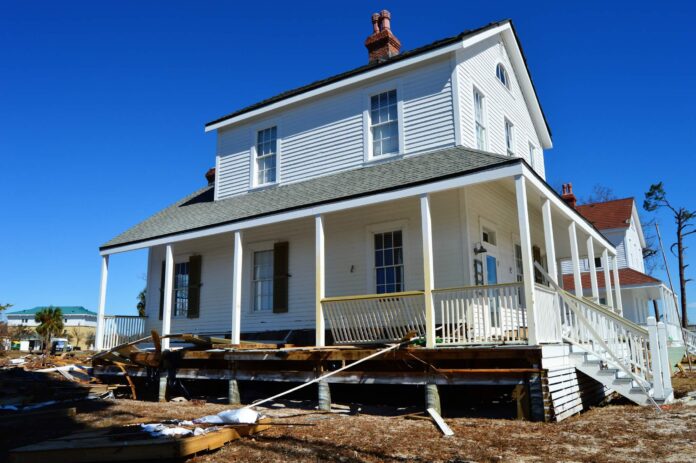When climate change and natural disasters are becoming increasingly prevalent, the importance of disaster-resistant buildings cannot be overstated. Whether you reside in earthquake-prone regions or hurricane zones, the need for structures that can withstand the fury of Mother Nature has never been more critical. Among the innovative solutions rising to the occasion, steel frame buildings are emerging as a resilient choice that holds promise for a safer future.
The Crucial Role of Disaster-Resistant Buildings
Earthquakes and hurricanes are notorious for their destructive power, leaving behind a trail of devastation. Lives are at stake, and property damage can be catastrophic. It’s not a matter of if but when, these natural disasters will strike again. Hence, investing in resilient infrastructure is an ethical and practical imperative.
Steel Frame Buildings
Steel frame buildings have been gaining traction as a game-changer in the world of disaster-resistant construction. They offer a myriad of benefits that make them an attractive choice for architects, engineers, and homeowners in disaster-prone areas.
Strength and Durability
The cornerstone of a steel frame building’s resilience is its unparalleled strength and durability. Steel is known for its ability to withstand tremendous forces, making it an ideal material for earthquake-resistant and hurricane-resistant structures. When seismic forces shake the ground or high winds pummel a building, steel stands firm, reducing the risk of catastrophic damage.
Flexibility in Design
Steel’s versatility in construction allows for innovative and customized designs. Architects have the freedom to create aesthetically pleasing and functional spaces without compromising on safety. This flexibility is particularly valuable in earthquake-prone regions where buildings need to adapt to the unpredictable nature of seismic activity.
Reduced Maintenance Costs
Metal frame buildings require less maintenance compared to traditional building materials. Their resistance to corrosion and decay means they can withstand the test of time, saving homeowners and businesses on maintenance costs in the long run. This cost-effectiveness is yet another reason to consider steel as a disaster-resistant building material.
Sustainability and Environmental Benefits
Steel is an eco-friendly choice for disaster-resistant construction. It is highly recyclable, reducing the demand for new resources. Additionally, steel’s energy-efficient properties can lead to lower energy consumption in the long term, contributing to a more sustainable future.
The Future of Disaster-Resistant Construction
As technology advances and awareness of the importance of disaster-resistant buildings grows, the future of construction looks promising. Innovations in materials and building techniques continue to enhance the resilience of structures in earthquake-prone areas and hurricane zones.
Advanced Engineering
Engineers are constantly developing new seismic-resistant technologies that make buildings more robust. These innovations include base isolators, dampers, and bracing systems that absorb and dissipate seismic forces, further safeguarding buildings and their occupants.
Improved Building Codes
Building codes in disaster-prone regions are continually evolving to reflect the latest research and technological advancements. Stricter regulations ensure that new constructions meet higher standards of resilience, making communities more prepared for natural disasters.
Community Education
In addition to engineering and construction advancements, educating communities about disaster preparedness and the importance of resilient buildings plays a pivotal role in disaster mitigation. Knowledge empowers individuals to make informed decisions and take proactive measures to protect themselves and their properties.
Conclusion
In a world where natural disasters are an ever-present threat, the importance of disaster-resistant buildings cannot be overstated. Metal frame buildings, with their strength, durability, flexibility, and sustainability, are leading the way in revolutionizing disaster-resistant construction.



